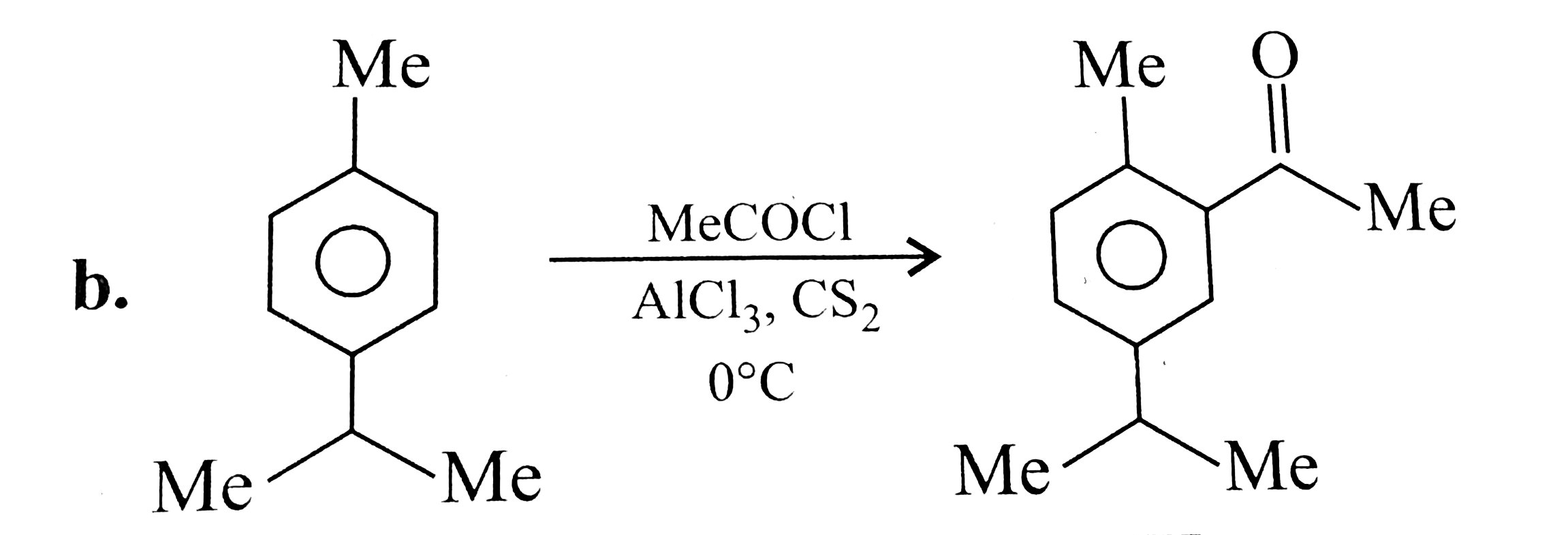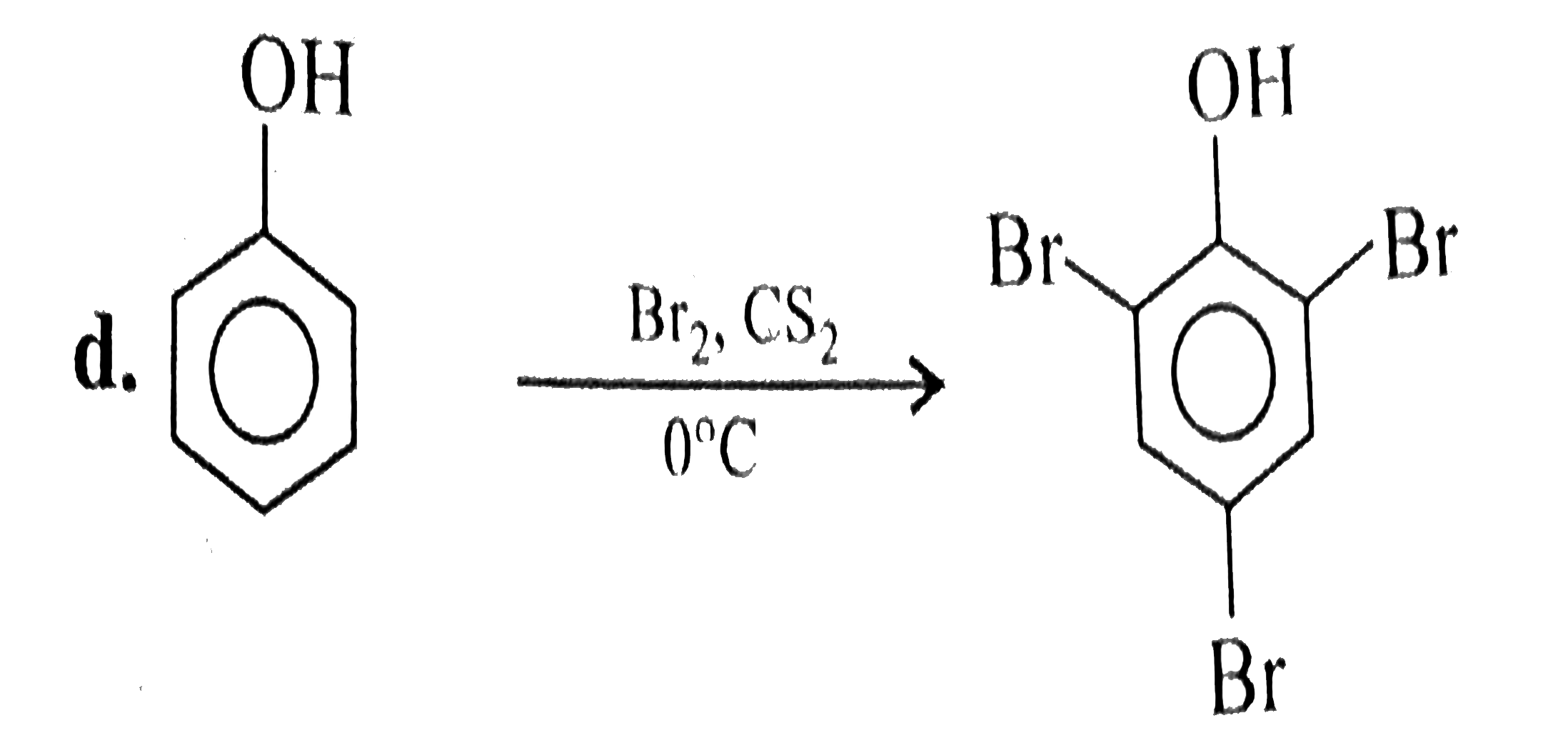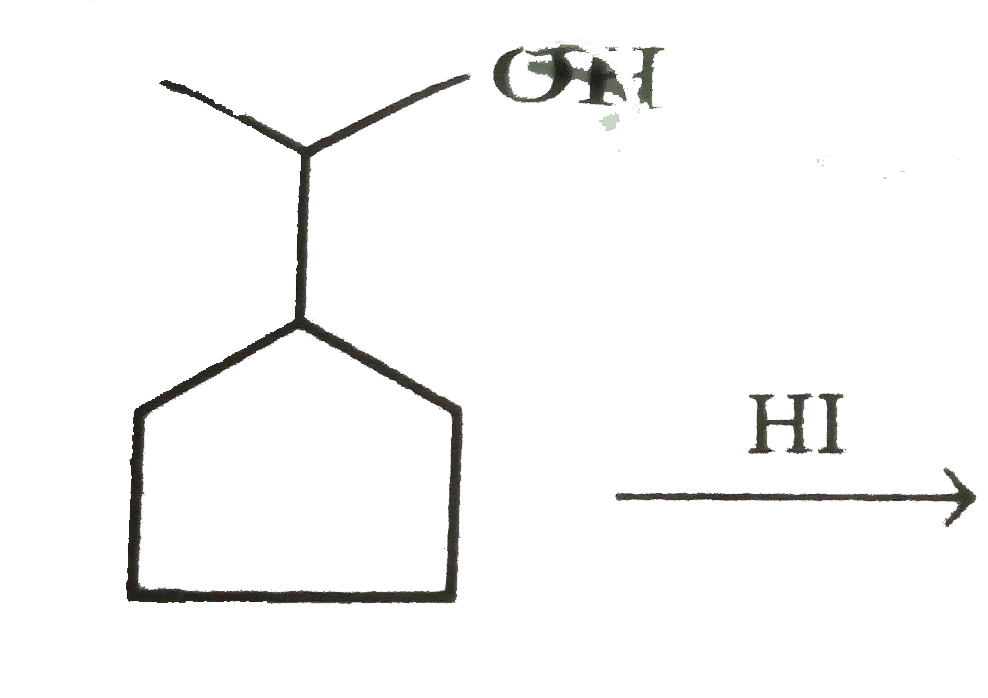Write the major classes in which the carbohydrates are divided depending upon whether these undergo hydrolysis and if so , on the number of products formed.
To classify carbohydrates based on their ability to undergo hydrolysis and the number of products formed, we can categorize them into three major classes: monosaccharides, oligosaccharides, and polysaccharides. Here’s a step-by-step breakdown of each class:
Step 1: Monosaccharides
- Definition: Monosaccharides are the simplest form of carbohydrates and cannot be hydrolyzed into simpler sugars.
- Characteristics: They are single sugar units and are classified into two types:
- Aldoses: Sugars that contain an aldehyde group.
- Ketoses: Sugars that contain a ketone group.
Step 2: Oligosaccharides
- Definition: Oligosaccharides consist of 2 to 10 monosaccharide units.
- Hydrolysis: When oligosaccharides undergo hydrolysis, they yield 2 to 10 monosaccharide molecules.
- Example: Sucrose is a common example of an oligosaccharide, which can be hydrolyzed into glucose and fructose.
Step 3: Polysaccharides
- Definition: Polysaccharides are large molecules composed of many monosaccharide units (more than 10).
- Hydrolysis: Upon hydrolysis, polysaccharides yield a large number of monosaccharide molecules.
- Examples: Common examples include cellulose and starch, which are made up of numerous glucose units.
Summary of Classes:
1. Monosaccharides: Cannot be hydrolyzed; single sugar units (e.g., glucose, fructose).
2. Oligosaccharides: Hydrolyze to yield 2-10 monosaccharides (e.g., sucrose).
3. Polysaccharides: Hydrolyze to yield many monosaccharides (e.g., starch, cellulose).
- Definition: Monosaccharides are the simplest form of carbohydrates and cannot be hydrolyzed into simpler sugars.
- Characteristics: They are single sugar units and are classified into two types:
- Aldoses: Sugars that contain an aldehyde group.
- Ketoses: Sugars that contain a ketone group.
Step 2: Oligosaccharides
- Definition: Oligosaccharides consist of 2 to 10 monosaccharide units.
- Hydrolysis: When oligosaccharides undergo hydrolysis, they yield 2 to 10 monosaccharide molecules.
- Example: Sucrose is a common example of an oligosaccharide, which can be hydrolyzed into glucose and fructose.
- Definition: Polysaccharides are large molecules composed of many monosaccharide units (more than 10).
- Hydrolysis: Upon hydrolysis, polysaccharides yield a large number of monosaccharide molecules.
- Examples: Common examples include cellulose and starch, which are made up of numerous glucose units.
1. Monosaccharides: Cannot be hydrolyzed; single sugar units (e.g., glucose, fructose).
2. Oligosaccharides: Hydrolyze to yield 2-10 monosaccharides (e.g., sucrose).
3. Polysaccharides: Hydrolyze to yield many monosaccharides (e.g., starch, cellulose).
Similar Questions
Knowledge Check
- Question 1 - Select One
Carbohydrate which does not undergo hydrolysis is Called
AdisaccharideBmonosaccharideCtrisaccharideDoligosaccharide - Question 2 - Select One or More
On hydrolysis of Rubidium superoxide, which of the following products are formed?
ARbOHBH2O2CO2DH2O - Question 3 - Select One
In which fo the following reactions is the correct major product formed?
A B
B C
C D
D
On which form of energy a glider depends upon for flying ?
View SolutionWrite the factor upon which the catalytic reaction of shape -selective cata -lyst depends ?
View SolutionWhich one of the following compounds is different from the rest in terms of undergoing hydrolysis to form simpler compounds?
View SolutionNitrous acid reacts with all classes of amines. The product obtained from these reactions depend on whether primary, secondary or tetriary and ,wheather the amine or aliphatic or aromatic.
Aliphalic primary amines react with acid (NaNO2+HCl) to form alcohol as major product. In , addition to alcohol, alkene and alkyl halides are also formed as minor product.
Certain cyclic primary amines can undergo either ring expansion or ring contraction reactions on treatment with acid. This reaction is called Demajanov ring expansion or contraction.

The product(s) obtained in the following reaction will be:
 View Solution
View SolutionCarbohydrates on hydrolysis produces final product which Is
View Solution


